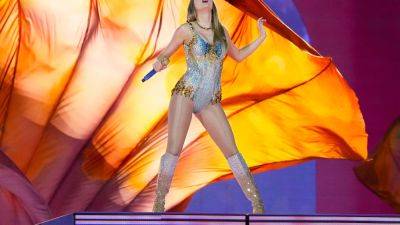Andy Mukherjee: India’s more immediate worry is tomatoes, not Trump
Subscribe to enjoy similar stories. Donald Trump is not India’s No. 1 problem.
At least not right now. His hawkish trade policy may well emerge as an outsize threat to supply chains and global growth. But a bigger, more immediate worry for the central bank in Mumbai is tomatoes.
Or, to be more specific, a 161% jump last month in tomato prices—due to late and heavy rainfall—from a year ago. With potatoes and onions also becoming dearer, food expenses are out of control. The average cost of a home cooked meal in October—a standard fare of rice, roti, dal, veggies, salad and yoghurt—was the steepest in 14 months, according to CRISIL, an affiliate of S&P Global.
The chances of a December rate cut by the Reserve Bank of India (RBI) were dimming even before the US election. But with inflation spiking above the upper end of the central bank’s tolerance range of 2-6%, many analysts are ruling out monetary easing before the start of the next financial year in April. By which time, the next American president’s policies would have started to have an effect, particularly on the exchange rate.
Tomatoes now, and Trump later. Both may constrain RBI’s room for manoeuvre—how soon it can come to the rescue of a slowing economy, and how much help it can provide. High cost of living and low income growth are hollowing out consumer demand, especially in the larger metropolises.
But the dollar is spiking, and foreigners have pulled more than $13 billion from India’s expensive stock market so far this quarter. Lower Indian interest rates could aggravate the capital flight if a global trade war takes over from where domestic inflationary pressures ease off. The US president-elect’s proposed import tariffs threaten to throw the world’s
. Read more on livemint.com






















